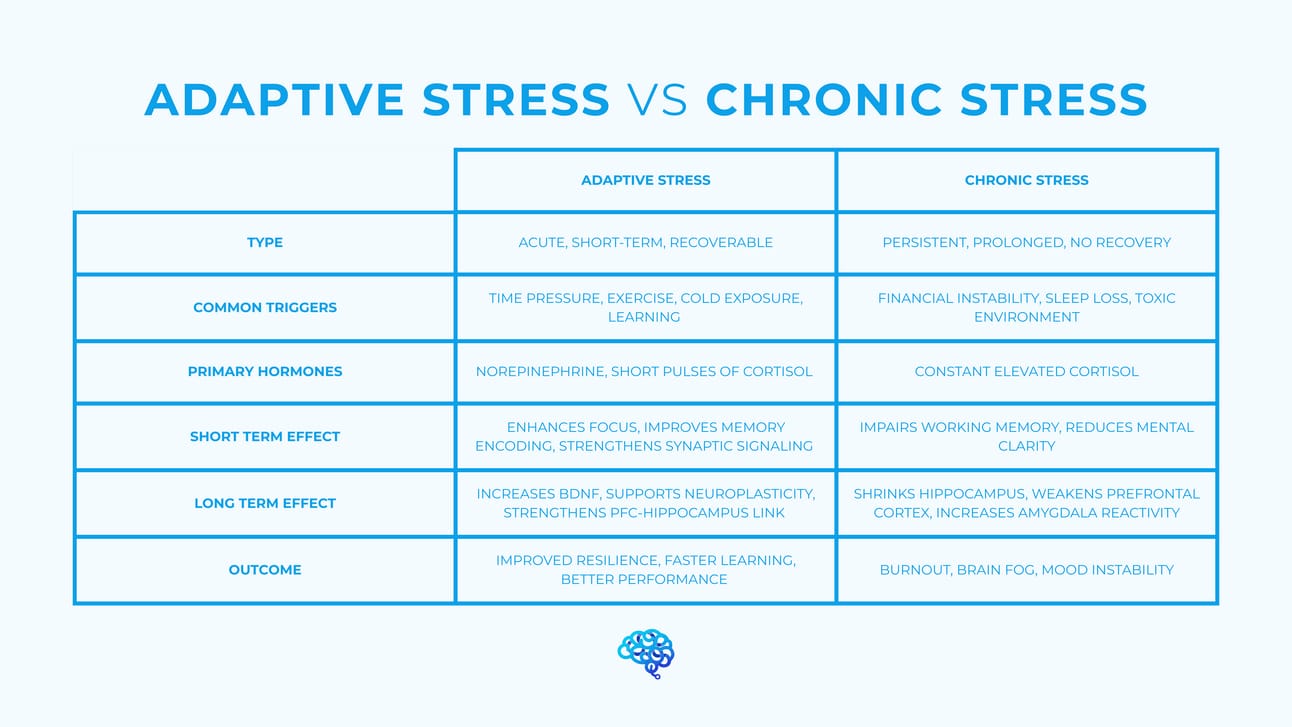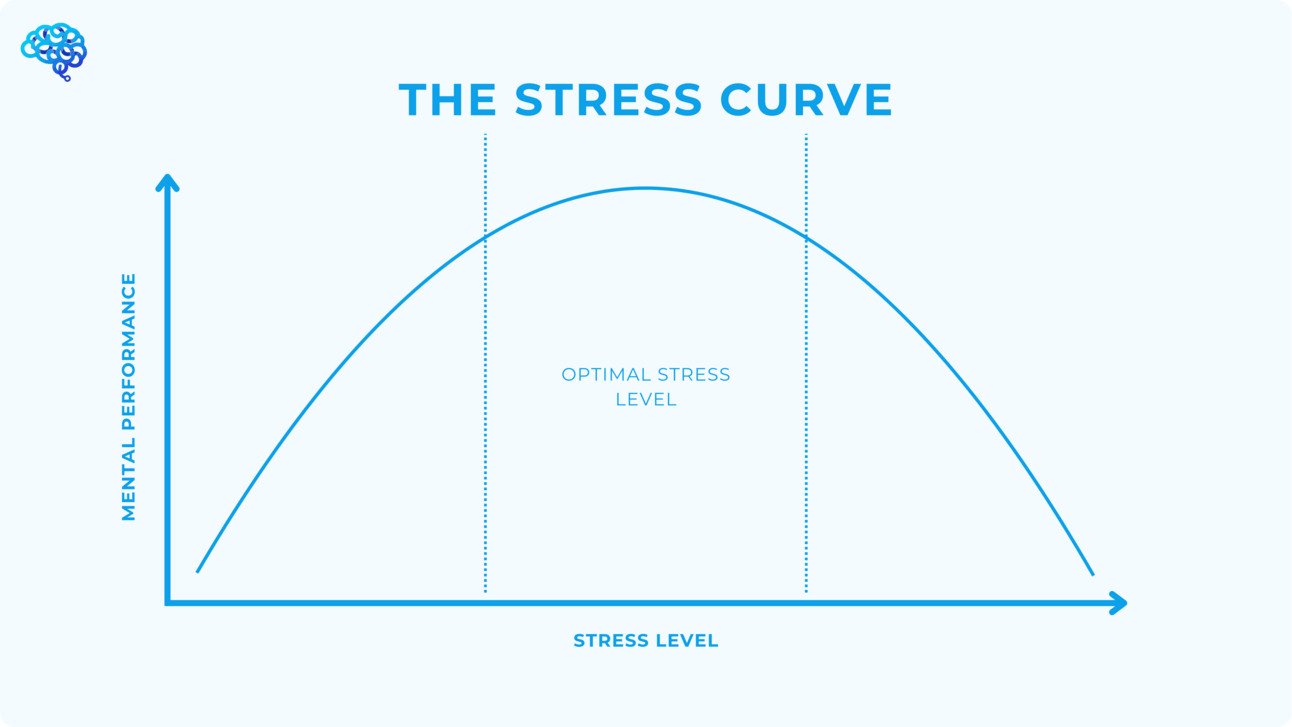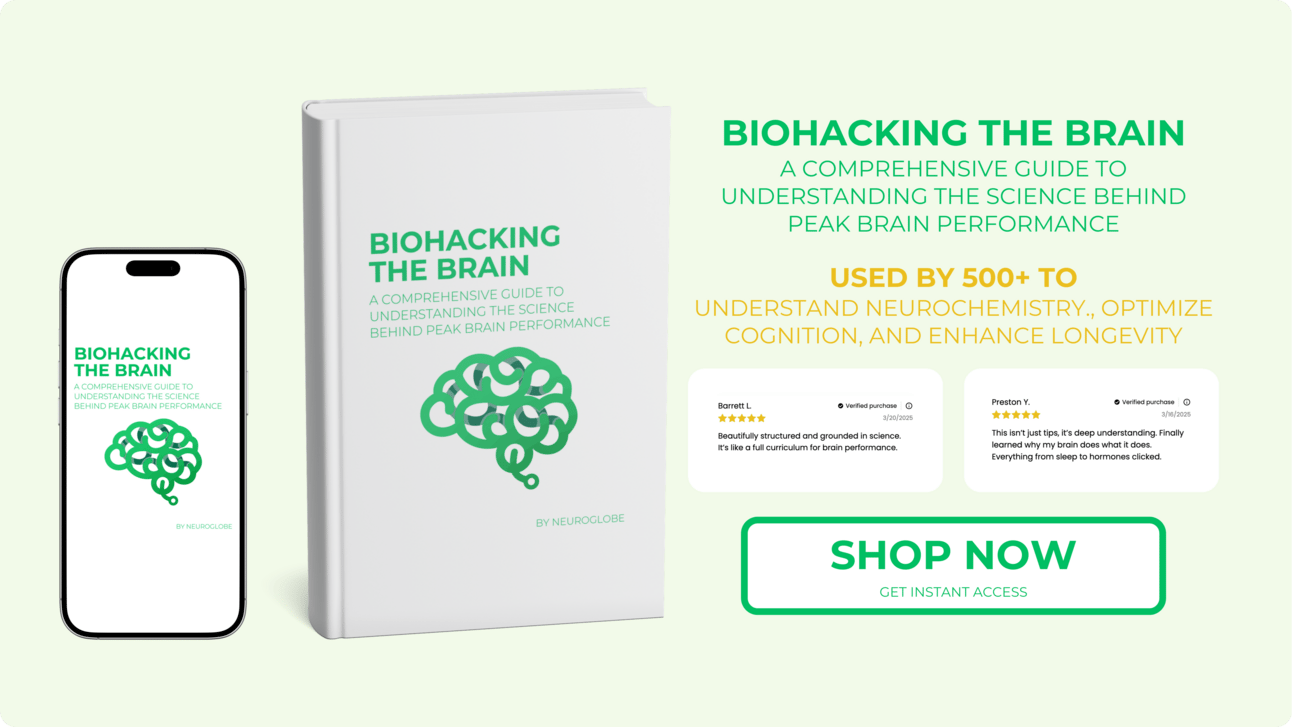- Neuroglobe Brain Health
- Posts
- The Science of Stress
The Science of Stress
How to Harness Pressure, Boost Performance, and Avoid Burnout
Start taking insurance with ease
As a provider, your expertise changes lives – and taking insurance makes care accessible to those who need it most. Headway makes it seamless. Start accepting insurance with ease so you can focus on what you do best – providing quality care.
Join 50,000+ providers building their best practices and expanding their reach with Headway.
Simplify insurance with streamlined billing, credentialing, and compliance
Earn more with higher rates, bi-weekly payments, and expert guidance
Access free continuing education to deepen your skillset and keep up your licensure
Manage a connected practice with EHR tools for scheduling, messaging, and documentation
The best part? It’s all in one free, no-commitment platform. With Headway, taking insurance is easier than you think.
Welcome to Another Neuroglobe Original
Today, we’re breaking down one of the most misunderstood forces in brain health: stress. While most advice tells you to avoid it, neuroscience tells a different story, your brain actually needs stress to grow. This issue reveals how to work with stress, not against it, using science-backed strategies to unlock sharper focus, stronger memory, and long-term resilience.
Why Your Brain Needs Stress
Stress isn’t a flaw in the system, it’s a feature. Your brain evolved to respond to challenge with sharper focus, faster reflexes, and enhanced memory encoding. But the benefit isn’t in the stress alone, it’s in how your nervous system interprets and recovers from it.
Adaptive vs. Chronic Stress
Not all stress is created equal. The brain responds very differently to short, controlled bursts of stress than it does to constant, unrelenting pressure. One builds resilience. The other breaks you down(literally).
Adaptive stress is brief, intense, and followed by recovery. It primes the brain for learning, strengthens neural circuits, and improves performance over time. Think of it as a workout for your nervous system, it’s a challenge that leads to growth.
Chronic stress, on the other hand, is persistent and uncontrollable. It keeps your system in a state of hyperactivation, flooding the brain with cortisol and degrading the very structures responsible for memory, focus, and emotional control.

Not all stress is harmful, adaptive and chronic stress impact the brain in completely different ways.
What counts as adaptive or chronic stress isn’t universal, it depends on your stress tolerance, recovery capacity, and context. One person might thrive under tight deadlines, while another breaks down under the same pressure. The key difference is in the recovery curve: if stress sharpens your focus and you bounce back, it's adaptive. If it lingers, disrupts sleep, or drains you day after day, it’s tipping into chronic.
The Stress Curve
Stress and performance don’t follow a straight line, they follow a curve. A little pressure can sharpen your mind. Too much breaks it. The key is finding the zone where stress fuels focus, not fatigue.
This idea was first formalized in 1908 by psychologists Robert Yerkes and John Dodson, who observed that performance improves with arousal, but only up to a point. This became known as the Yerkes-Dodson Law, which shows that:
Too little stress leads to boredom and disengagement
Moderate stress optimizes attention, learning, and performance
Too much stress causes overload, anxiety, and cognitive breakdown

Your brain performs best at the peak of the curve. Too little stress dulls it, too much overwhelms it.
Neuroscience confirms that moderate stress enhances brain function by boosting norepinephrine, cortisol, and BDNF, which together sharpen focus, improve memory encoding, and increase neuroplasticity. But the relationship is nonlinear. Research shows that too little stress can fail to sufficiently engage the brain’s learning systems—while too much stress floods the hippocampus and prefrontal cortex, impairing memory, decision-making, and emotional regulation. This pattern is explained by the GC Receptor Balance Hypothesis, which suggests that cognitive performance peaks when stress hormone receptors are activated in a balanced, moderate range—neither underused nor overstimulated.
How to Use Stress to Your Advantage
Stress becomes a tool, not a threat, when it’s used with intention. The goal is to lean into it just enough to activate growth, then recover before it becomes damaging.
Deliberate Exposure: Use brief, high-intensity stressors like cold showers, HIIT workouts, or short deadlines to activate neuroplasticity and build resilience.
Mental Reframing: Research shows that viewing stress as a challenge rather than a threat improves performance and reduces physiological strain.
Strategic Recovery: Prioritize deep sleep, parasympathetic resets (like breathwork or walking), and nutrient-dense food to complete the stress-recovery cycle.
Create Stress Windows: Schedule cognitively demanding tasks during times when you're naturally more alert (e.g., mid-morning) to match your body’s cortisol rhythm.
Track Your Tipping Point: Notice when stress sharpens you vs. when it drains you—this is how you learn where your curve peaks, and how to stay near it.
Final Thoughts
Remember, stress isn’t the enemy, it’s feedback. When used strategically, it becomes one of the most powerful tools for cognitive growth and resilience.
If you're serious about optimizing your brain through science-backed strategies and real-world biohacking, check out our ebook Biohacking the Brain.
Stay Sharp,
Neuroglobe Team


